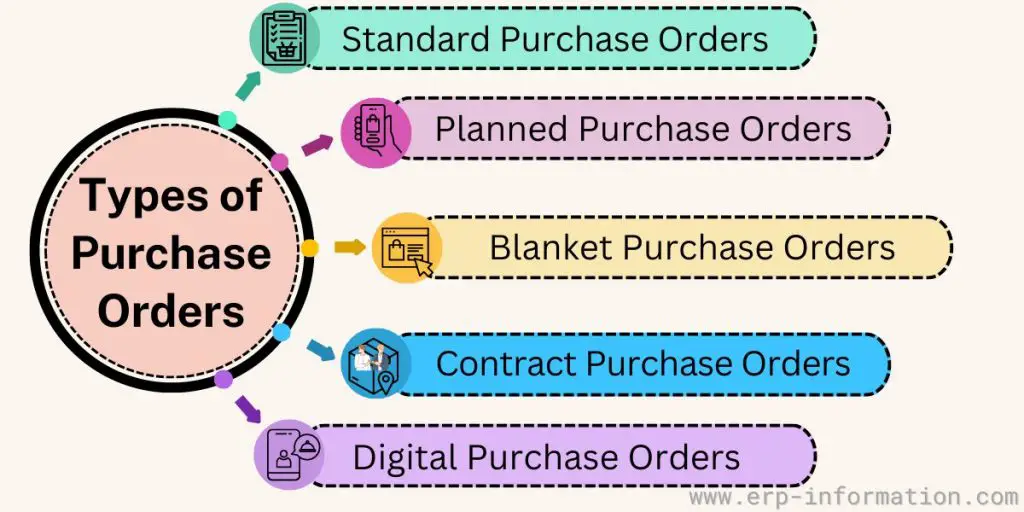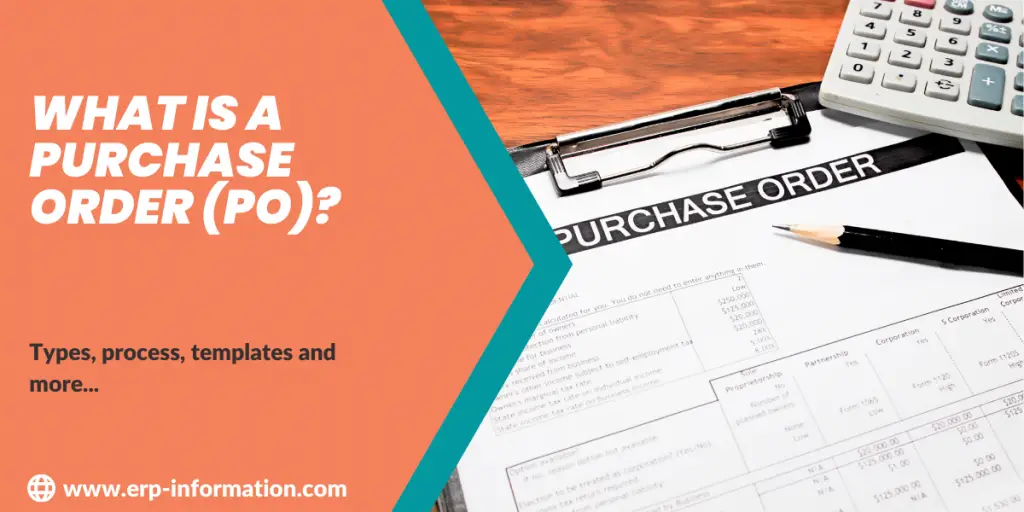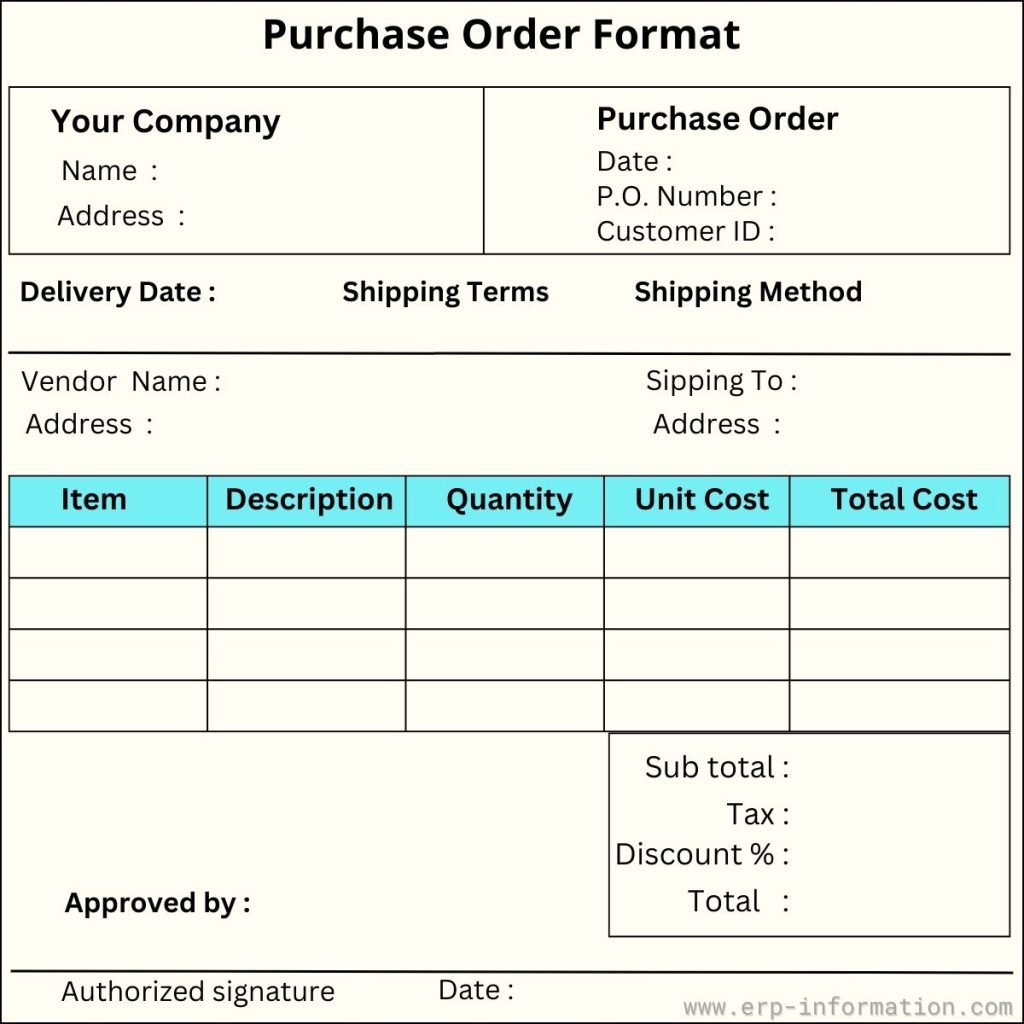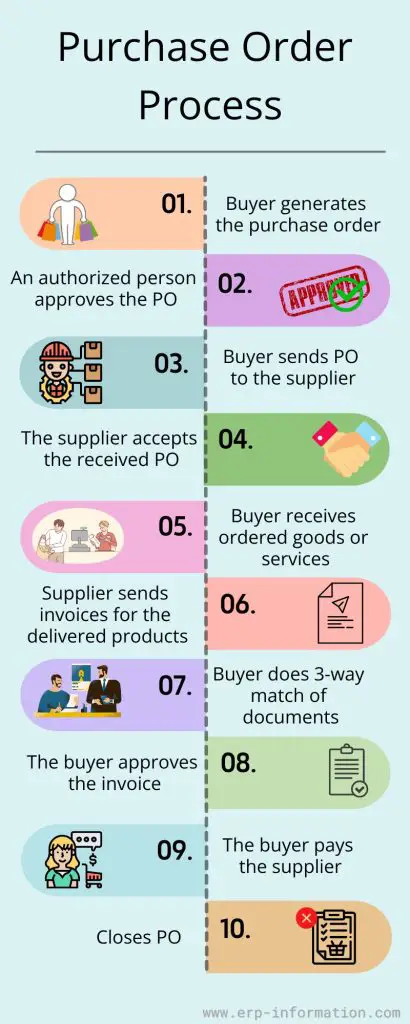Efficiently managing transactions is crucial for the success of the business. A purchase order (PO) is a vital tool that brings order and clarity to the procurement process.
Acting as a formal agreement between a buyer and a supplier, a PO details the specifics of goods or services requested, ensuring that everyone is on the same page.
This not only helps in tracking inventory and controlling costs but also fosters better communication and stronger relationships with suppliers.
In this blog post, we will explore the ins and outs of purchase orders, uncovering their types, and the process steps, so you can enhance your business operations with confidence and ease. We will also provide you with some helpful templates to use in your own business.
Calculate your Purchase Order Financing with our online Purchase Order Financing Calculator.
What is a Purchase Order?
It is like a shopping list for businesses. It’s a document that a buyer sends to a supplier to request goods or services. This document clearly outlines what the buyer wants, including the quantities and agreed-upon prices.
It also includes important details like the buyer and supplier’s contact information and payment terms. It helps to ensure that both parties are clear about the transaction, making the buying process smooth and efficient.
What to include in it?
- Header: It contains buyers’ company details, including their company name, address, contact number, purchase order number, po date.
- Vendor information: It contains the proper information of the supplier, their address, and contact number.
- Ship to: The address that specifies the destination for the order, the preferred shipping method, the shipping terms, and the desired delivery date.
- Order details: It contains item details. Different rows for each item with item name or description, quantity requested, unit price, total amount, and delivery date for each item.
- Others: It contains subtotal, taxes, any applicable discounts, shipping costs, and finally grand total.
Purchase Order Format
When is it released?
The release of a PO depends on several factors, such as the urgency of the product, the performance of the supplier, and internal approval processes. Generally, a PO is released when the following conditions are met:
- Supplier Approval: The supplier has been vetted and approved.
- Product Availability: The product or service is available for purchase.
- Internal Approval: Necessary approvals within the organization have been obtained.
- Budget Confirmation: Funds are available to cover the purchase.
In essence, a PO is released when all necessary checks are complete, and both the buyer and supplier are ready to proceed with the transaction.
Purchase Order Types

Standard purchase orders
These are issued for a specific, one-time order. They include all necessary details, such as the order date and the expected delivery date, ensuring clarity and precision for both the buyer and the supplier.
Example
A company needs 50 office chairs for a new branch opening next month. They issue a standard purchase order to their regular furniture supplier, specifying the quantity, model, price per unit, purchase order date, and expected delivery date.
Blanket purchase orders (BPO)
Blanket purchase orders cover an entire contractual order with deliveries scheduled over a specified period. This type of order is ideal for recurring purchases, allowing customers to benefit from quantity discount pricing in exchange for their commitment. The customer can request or schedule deliveries as needed throughout the contract period.
Example
A manufacturing company needs various electronic components regularly throughout the year. They issue a BPO to their electronics supplier, allowing for multiple deliveries as needed.
Planned purchase orders (PPO)
PPO represent long-term commitments to purchase products or services from a particular supplier over time. These orders include detailed information such as estimated quantities, pricing, billing account, and tentative delivery dates.
Scheduled releases are issued against a PPO to initiate actual purchases, ensuring a steady supply of goods or services as needed.
Example
A restaurant chain enters into a planned purchase order with a seafood supplier, committing to buy an estimated 1,000 pounds of shrimp each month for the next year. The PPO includes estimated quantities, pricing, billing account, and tentative delivery dates.
Contract purchase orders (CPO)
These are also known as contract purchase agreements, establishing the terms and conditions for future standard purchase orders.
These contracts detail the items or services to be purchased and serve as a reference for subsequent orders, streamlining the procurement process and ensuring consistency in terms and pricing.
Example
A hospital signs a contract purchase order with a medical supply company to provide all surgical gloves and masks for the next two years. The contract sets the terms and conditions, which will be referenced in future standard purchase orders.
Digital purchase orders (DPO)
These are electronic POs created through automated systems like the purchasing module of ERP. This modern approach to purchase orders enhances efficiency by reducing paperwork, speeding up approvals, and providing real-time tracking and updates, making the entire PO process more streamlined and transparent.
Example
An e-commerce retailer uses an automated system to issue DPO for inventory replenishment. When stock levels of a popular product fall below a certain threshold, a DPO is automatically generated and sent to the supplier.
Templates for Purchase Orders
We’ve provided some helpful purchase order format Excel to download:
Standard Template
Blanket Template
Contract list Template
Purchase Order Process
Buyer generates the purchase order
The buyer creates a purchase order (PO) document, specifying the types, quantities, and agreed prices for products or services. This PO serves as a formal request to the supplier to provide the listed items.
The purchasing department automatically generates PO using tools like ERP software.
An authorized person approves the PO
The PO is then reviewed by an authorized individual of the purchasing department within the organization to ensure accuracy and compliance with budget and procurement policies.
This approval is essential to validate the purchase request before proceeding.
Buyer sends PO to the supplier
Once approved, the PO is sent to the supplier through various means, such as email, fax, or electronic procurement systems. This step officially communicates the buyer’s intent to purchase the specified goods or services.
The supplier accepts the received PO
The supplier reviews the received PO to confirm they can fulfill the order as specified. The PO acceptance signifies that the supplier and the customer have agreed upon the order’s terms, pricing, and delivery dates.
The PO confirmation often includes sending an acknowledgment receipt to the buyer.
Buyer receives ordered goods or services
The supplier delivers the ordered goods or services to the buyer as per the terms outlined in the PO. The buyer inspects and verifies the received items to ensure they meet the order’s specifications and quality standards.
Supplier sends invoices for the delivered products
After delivery, the supplier generates an invoice detailing the delivered goods or services and their corresponding costs and records invoice amounts as accounts payable and inventory, fixed assets, or expenses.
This invoice is sent to the buyer for payment processing.
The buyer does a 3-way match of documents
The buyer performs a 3-way match to verify that the PO, the supplier’s invoice, and the goods receipt all align. This step is crucial for ensuring that the quantity and cost of goods received match what was ordered and billed.
The buyer approves the invoice
Once the 3-way match is completed, the buyer approves the invoice for payment. This approval signifies that all conditions of the PO have been met satisfactorily.
The buyer pays the supplier
The buyer processes the payment based on the agreed payment terms. This may involve different payment methods, such as bank transfers, checks, or electronic payments.
Closes PO
After the payment is made and confirmed, the PO is formally closed. Closing the PO indicates the completion of the purchase transaction and updates the buyer’s records for accounting and inventory purposes.
All organization uses automated tools for the procurement process. To learn the P2P (Procure to pay) Process in SAP, NetSuite, and Oracle Apps, check the below posts.
FAQs
What is the difference between a purchase order and an invoice?
They are both documents used in the procurement process but serve different purposes. Former is a document used to purchase goods or services from a supplier. It is an integral part of the procurement process and can be used in business-to-business and business-to-consumer transactions.
An invoice is a document that records the sale of goods or services from one party to another. It includes the items sold, the price, and applicable taxes or discounts.
What are purchase order costs?
Various factors go into purchase order costs, but the main ones are labor costs, insurance, duties, fees, and freights.
Labor costs include employees’ salaries who purchase or order goods and materials. In addition, insurance costs may be incurred when purchasing high-value items or shipping goods across borders.
Duties and taxes are levied by governments on imported or exported goods, while freights are the costs associated with transporting goods from one place to another.
How does a purchase order differ from a sales order?
A purchase order is generated by the customer and issued to the supplier. It confirms the purchase of the goods.
However, a sales order is a document generated by the supplier and issued to the customer. It confirms the sale of the goods before the fulfillment of the order.
Conclusion
A purchase order is a written supplier request for goods or services. It should include the following information: what is being ordered, quantities, delivery date, and price.
It confirms that the buyer and seller agree on the items delivered and when they will happen. This blog post covered the format, different types, process steps, and templates of PO. Hoping you found it helpful!


